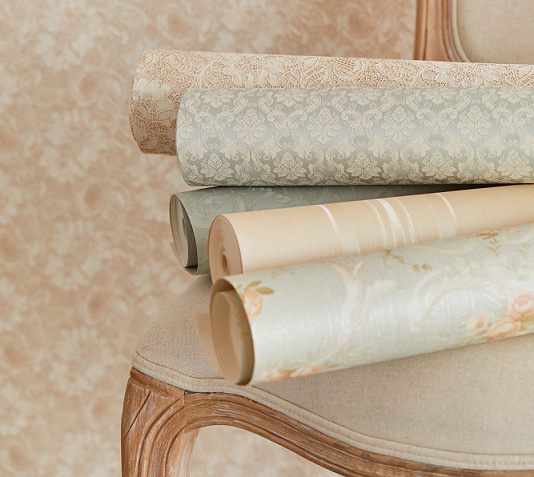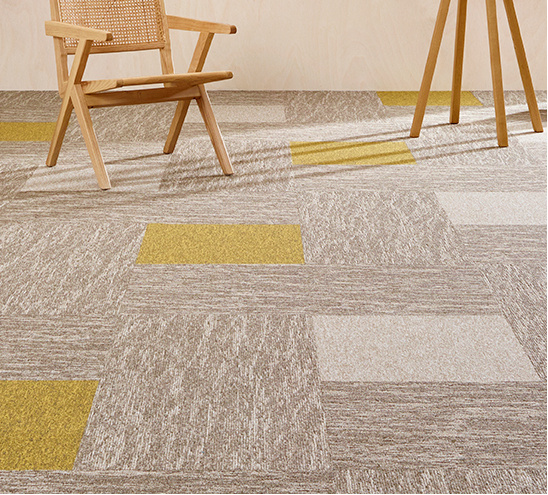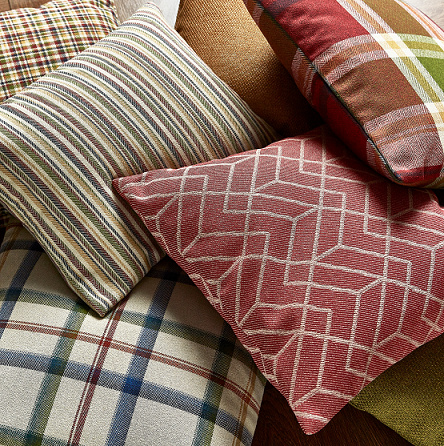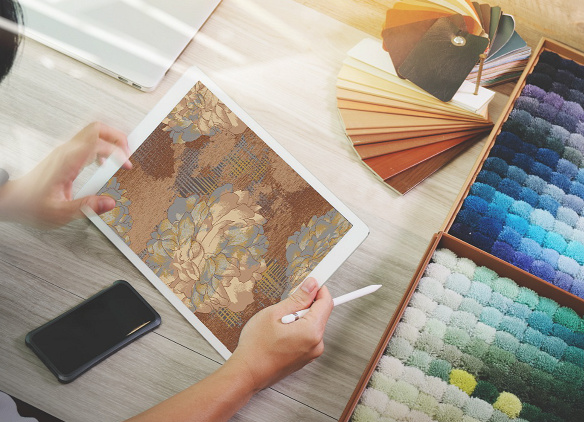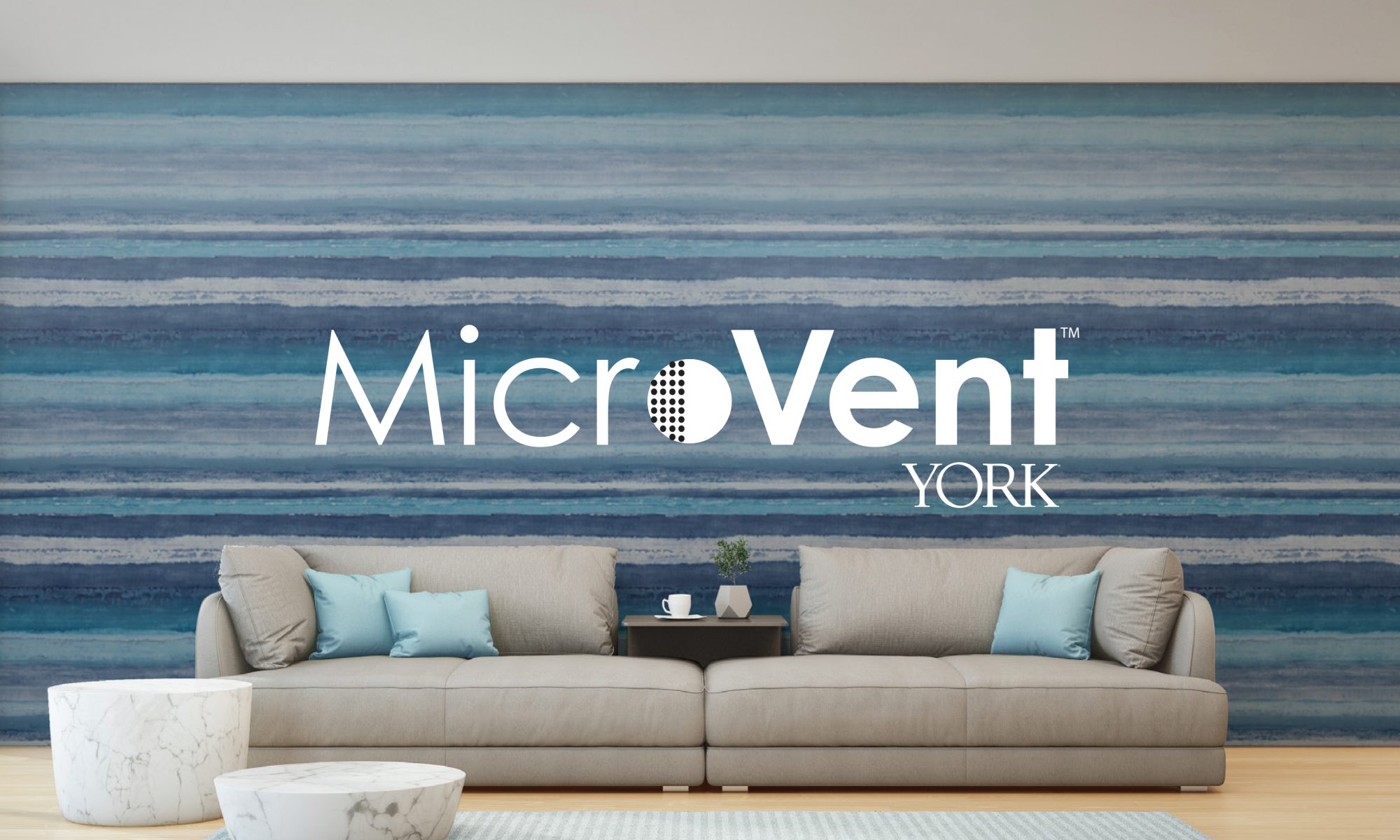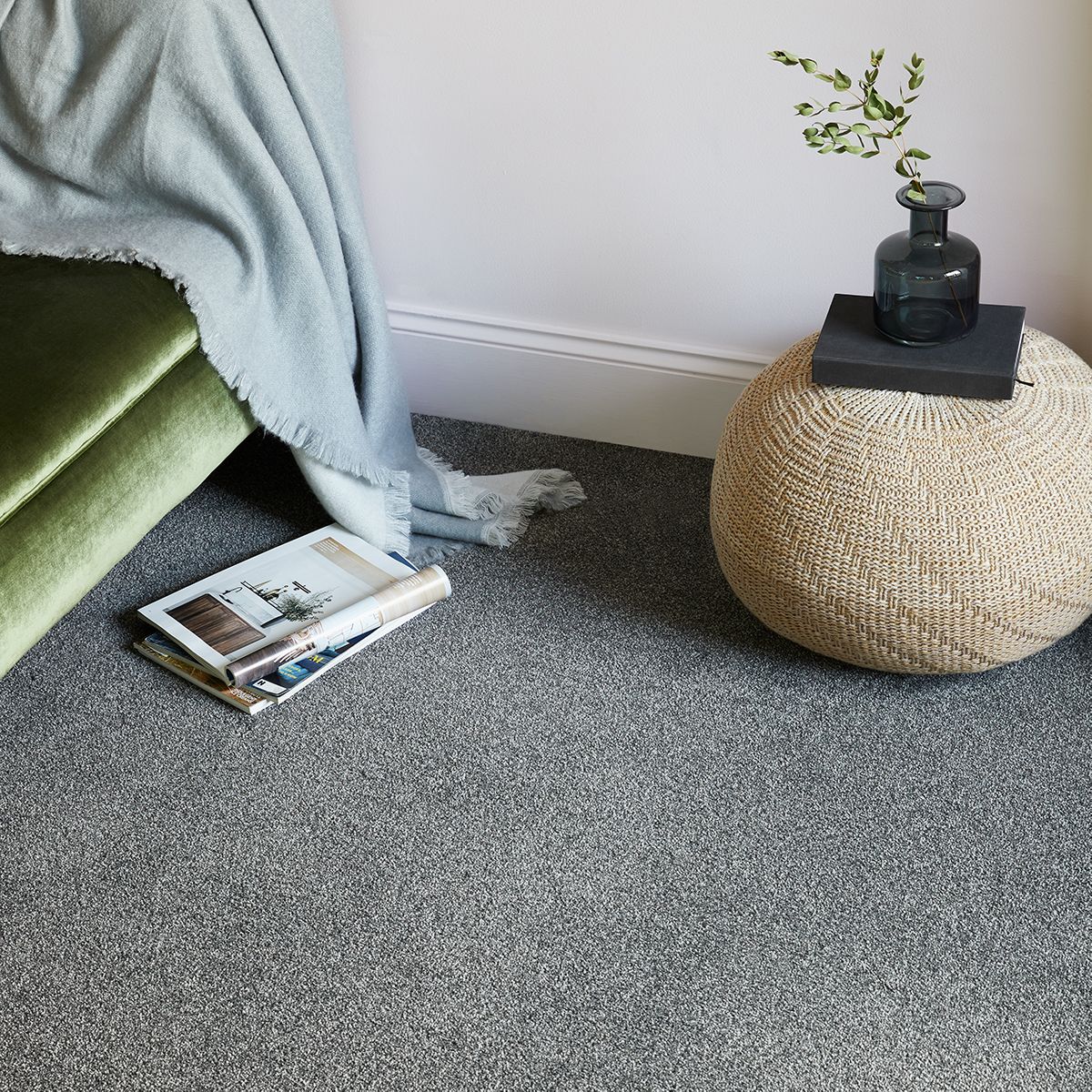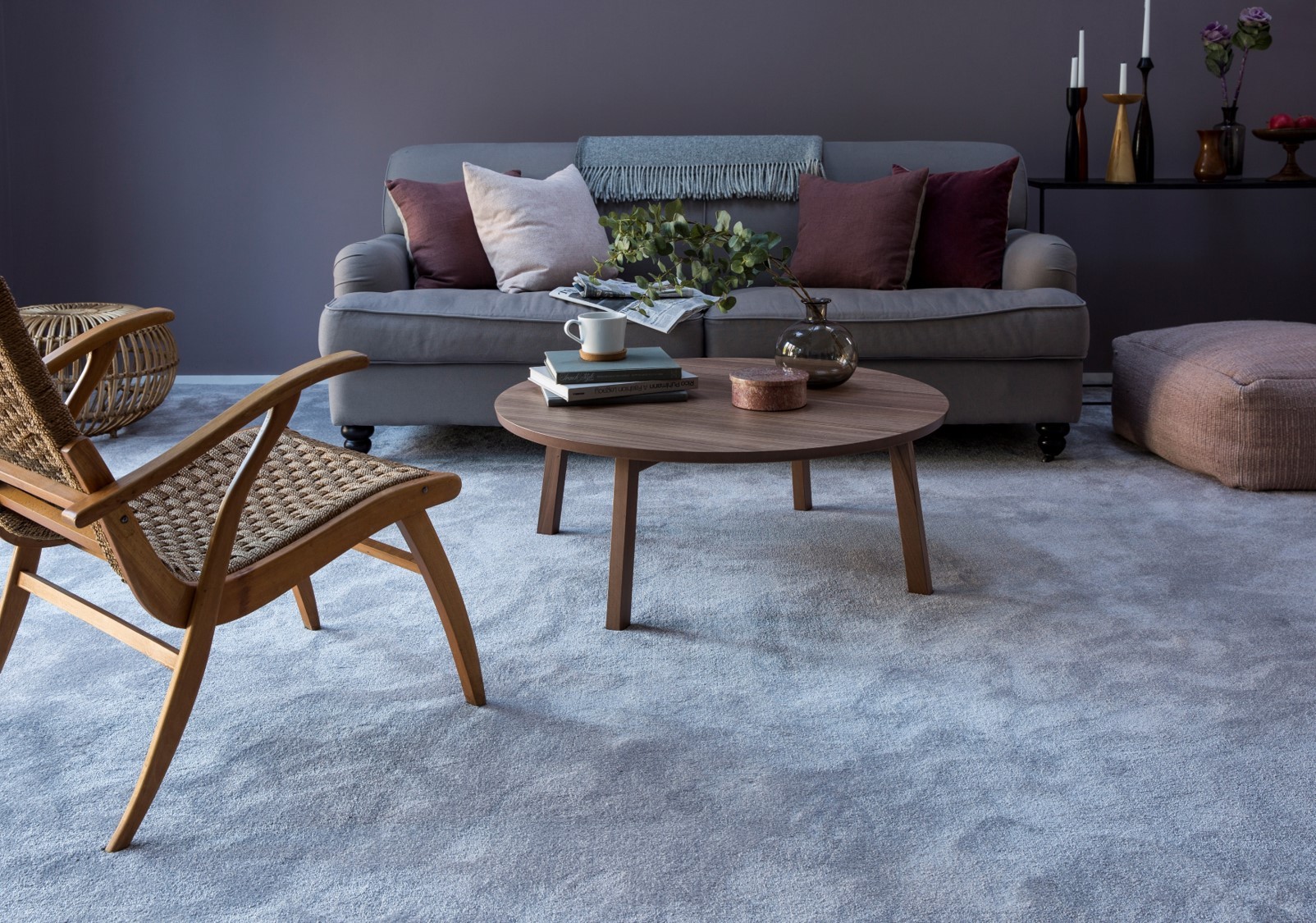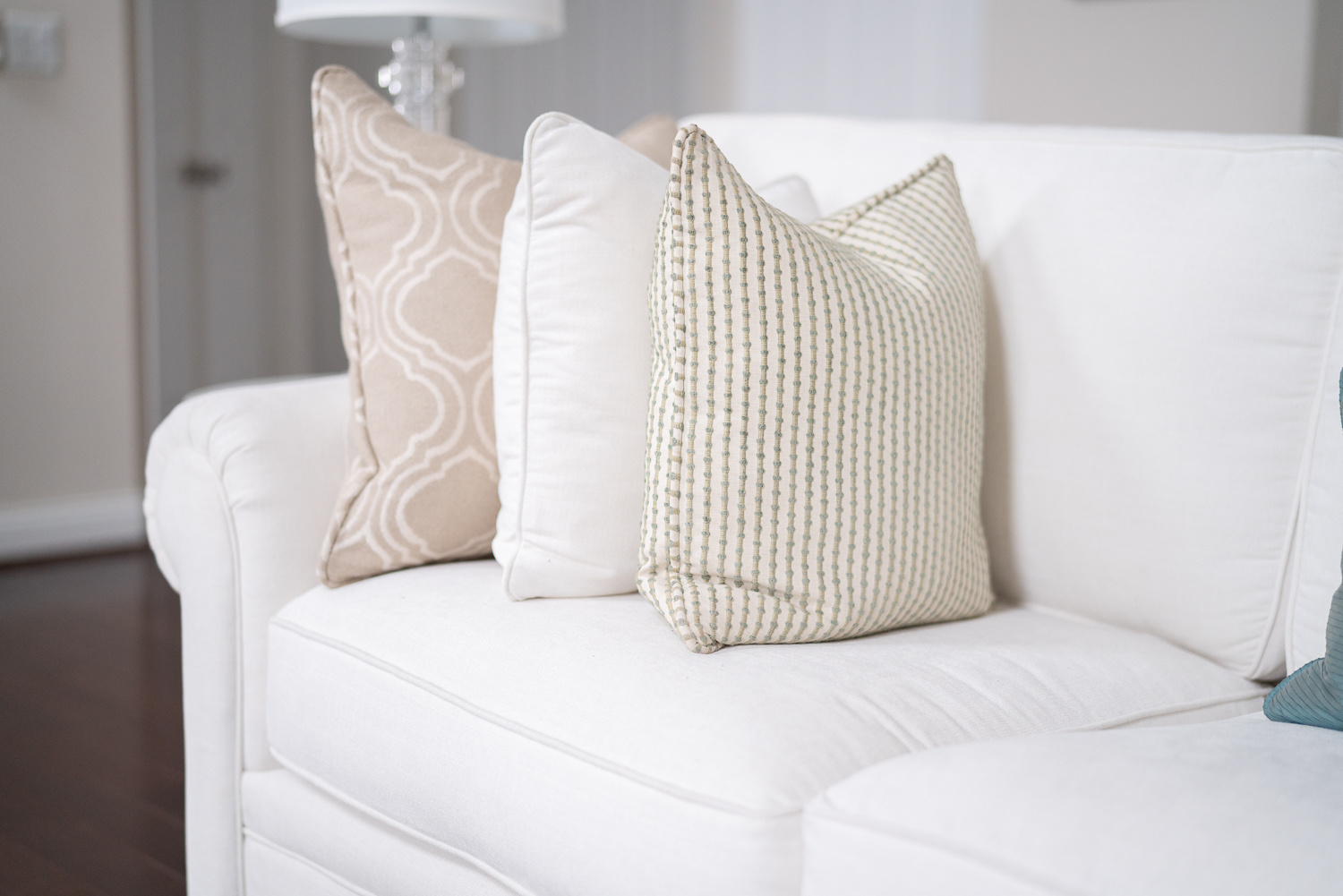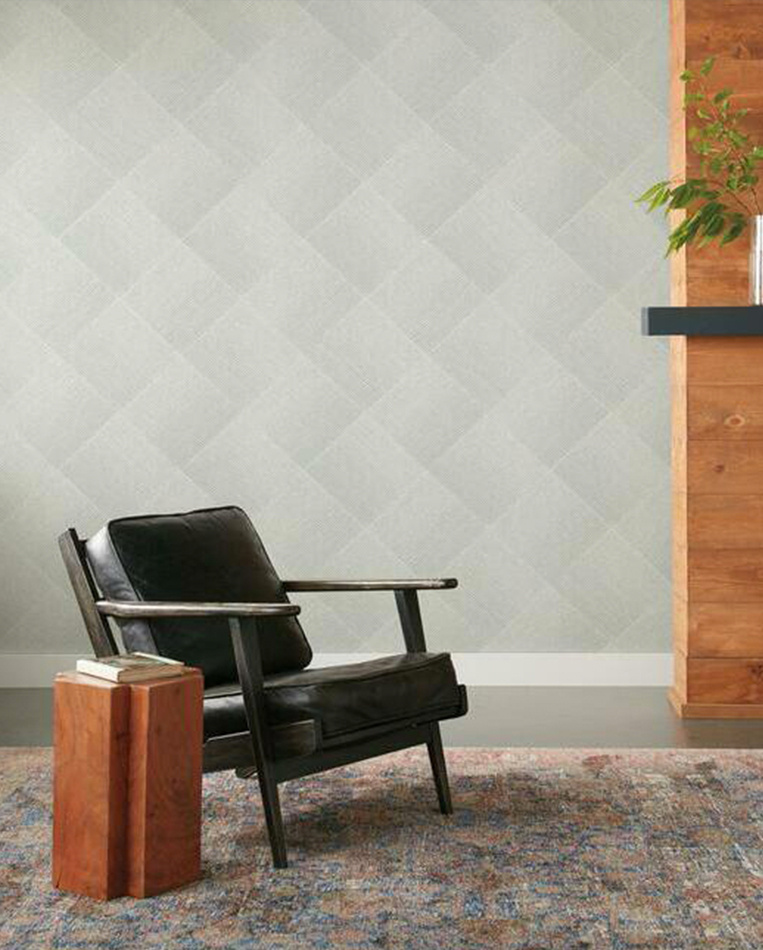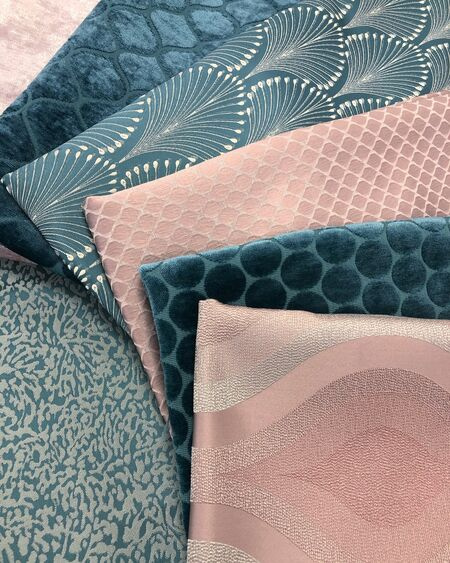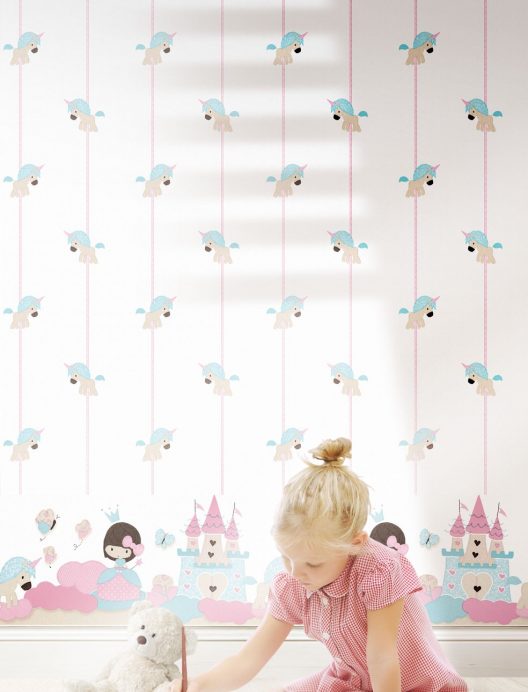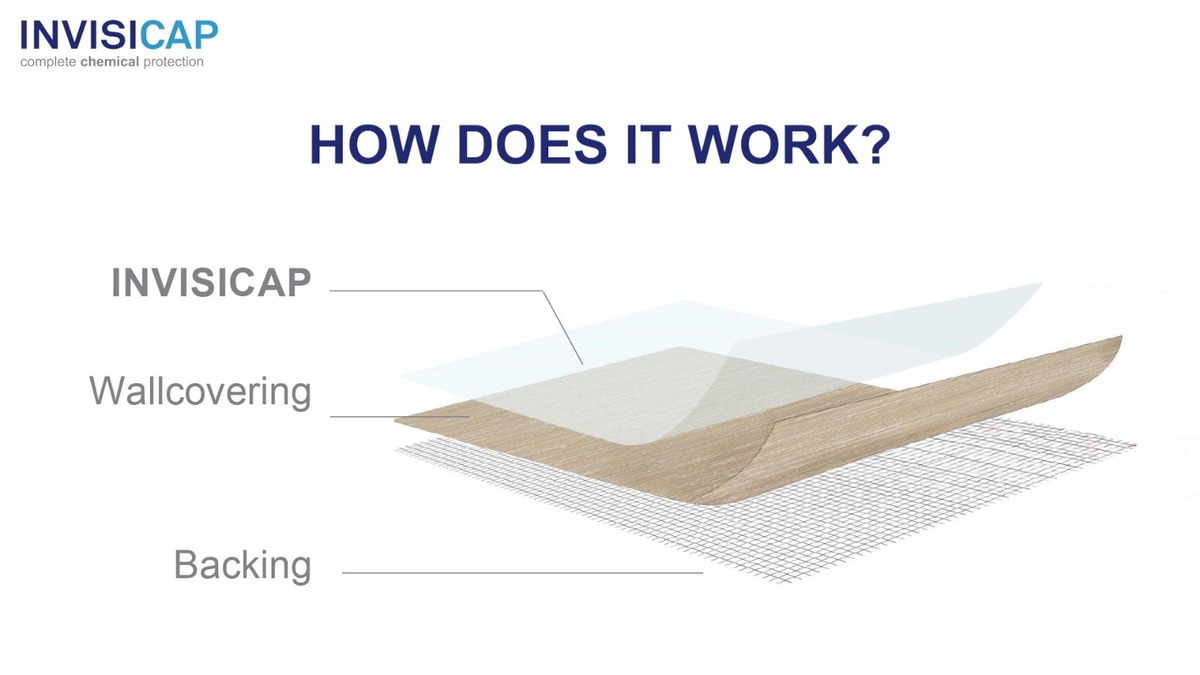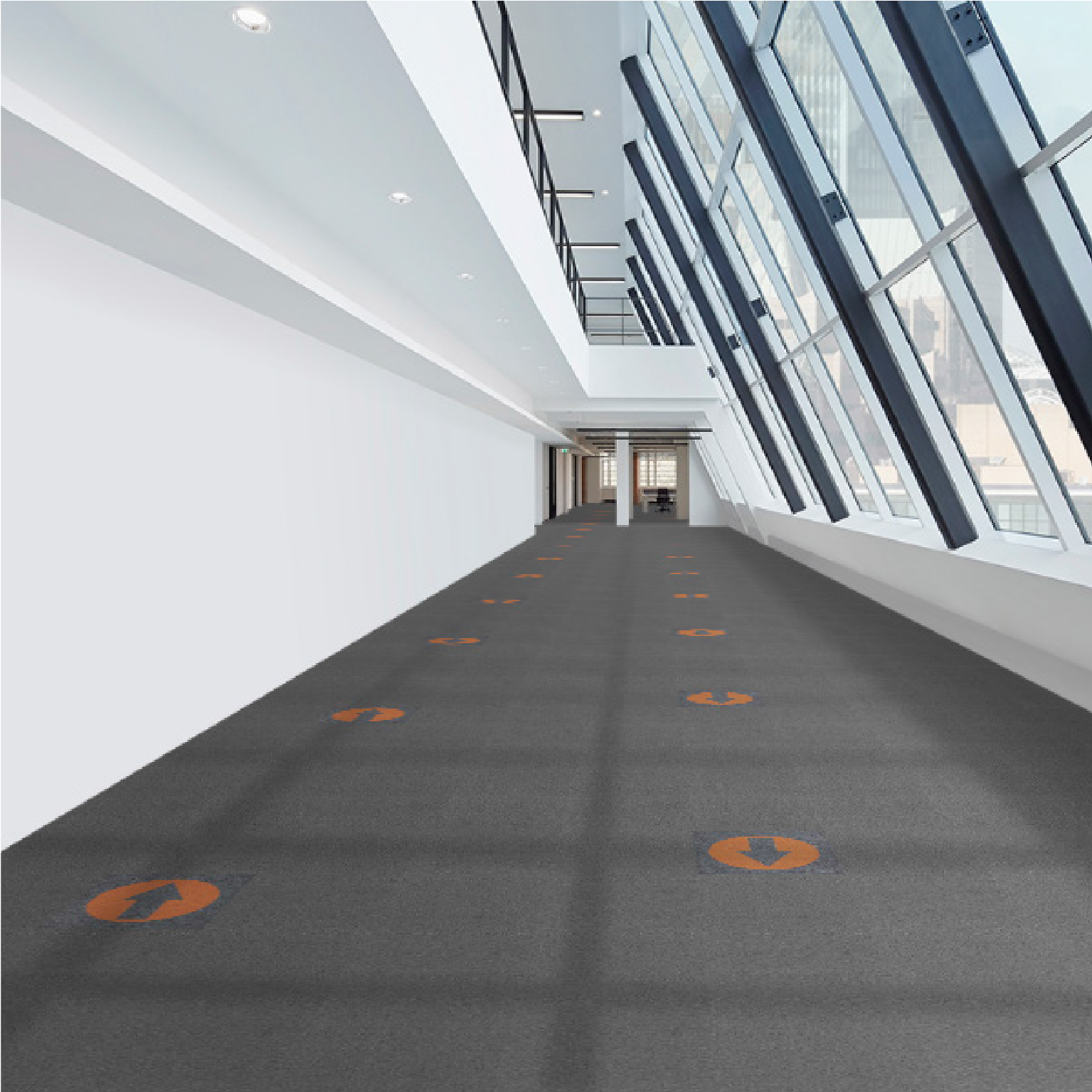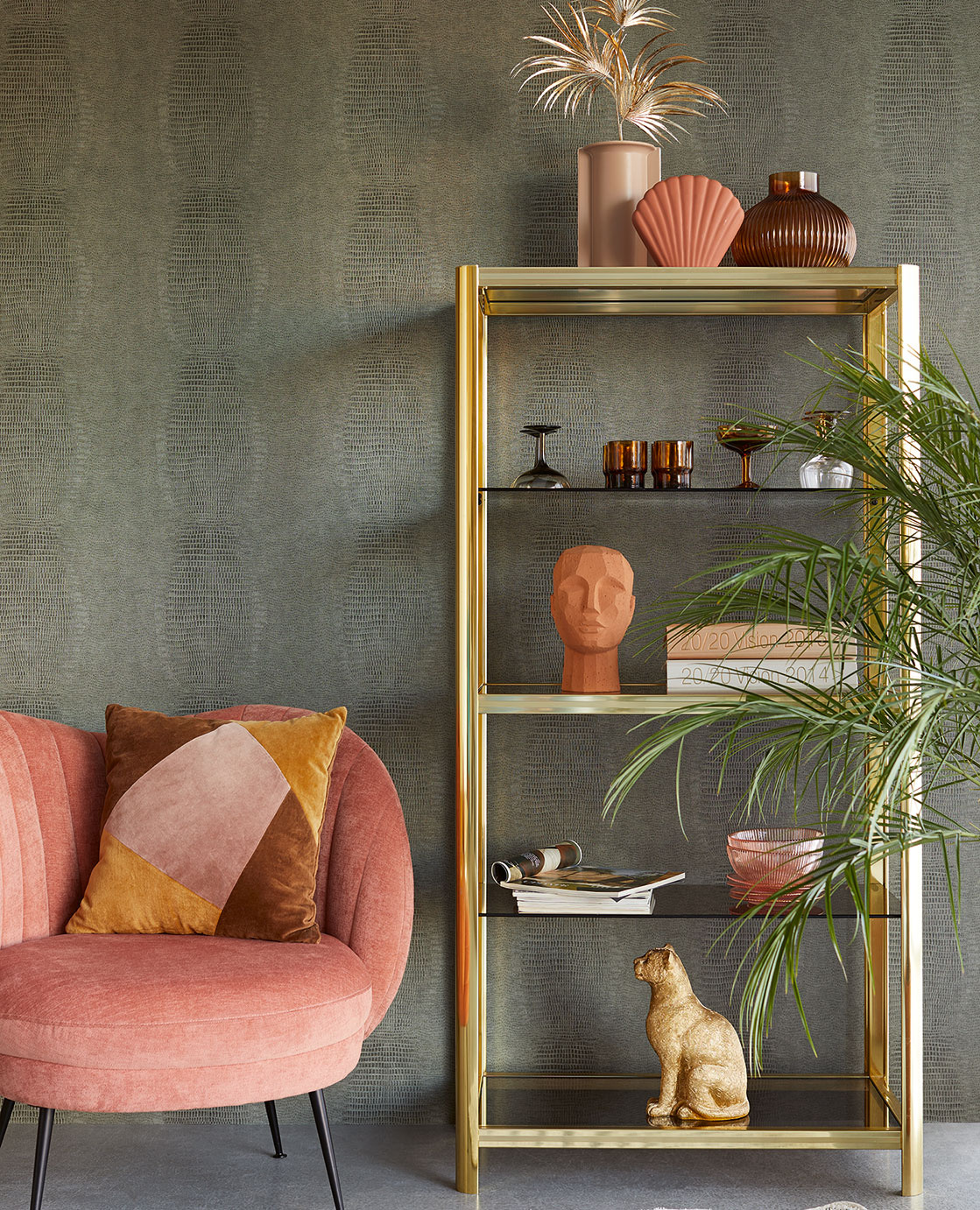Your bedroom reflects your taste and preferences the most out of all the areas in the house. After all, it serves as your sanctuary and place of retreat for recharging your body and mind.
Homeowners invest in bedroom décor not only for aesthetics but also to make sure it achieves this purpose even with just a couple of simple updates – from cozy home wallpaper designs to wise furniture choices, from stylish window treatments to luxurious carpeting.
To help you create that inviting bedroom you’ve always dreamed of, here are four decorating ideas you should try:
1. Go for Timeless Classic with Neutral Elements
If you’re renting an apartment or simply want your bedroom design to look trendy for a long time, you should consider adding classic neutral elements. These can range from earthy tones coming from wood furniture to minimalistic black, grey, and white beddings.
Of course, you can always add other natural details. Live plants, stone- or wood-like wallpapers, and wide, open windows where natural light can pass through — all these pitch in to create a relaxing bedroom ambiance.
2. Add Oomph with Bold Combinations
If you find neutrals to be a bit too bland and boring for your taste, you can add a bit of impact to your private space using bold combinations of materials and textile.
Don’t hesitate to try different combinations of glossy, matte, satin, and rough textures from silk, cotton, and sheer lace fabrics.
Although fashion trends influence interior décor these days, your preferences and lifestyle should still prevail.
Your walls, for example, can be adorned with stylish designer wallpapers, or made artsy with abstract designs. If you’re choosing a bold patterned wallpaper anyway, always pick a design that you prefer.
3. Use Wall Lights for Added Functionality and Aesthetic
Lighting is a critical part of bedroom interior design.
Adding multiple kinds of lights in your bedroom allows you to control the dimness or brightness according to your preferences. However, it also plays a major role in creating a style that is unique to you.
A good example is the use of lampshades for wall lights.
Lampshades have definitely become a popular bedroom décor, especially those made with bright hues. In fact, more people are purchasing vibrant wall shades in pairs. Some even match the shades to other bedroom elements, like the beddings, curtains, and even the carpet.
Pro Tip: When buying lampshades, choose those that let light pass through the top to add height to a bedroom with a low ceiling.
4. Don’t Forget the Carpet.
Because of its primary function, bedrooms should look and feel cozy at the same time. Besides the bed, you can achieve this with the right kind of flooring.
Since most people don’t like waking up to a cold stone or tile floor, getting your bedroom carpeted is the best course of action. Aside from adding warmth that completes that homey feel, carpets also offer a luxurious vibe to the room.
When scouring the market for the perfect carpet for your bedroom, you need to consider several things:
Your budget
All home remodel and improvement projects should start with a budget. Besides ensuring that you only spend what you can afford, this will also help ensure you can choose the best materials within a given price range.
With carpets, prices may vary depending on the type of material, pile, and measurement of the area you’re carpeting. Some designs are also more affordable than others. Browse through our carpet flooring collection for some examples.
The material
Carpets have different characteristics, especially when it comes to the fiber they are made from.
Many carpets sold in the market today are made from synthetic blends of nylon and polyester.
Nylon comes in a wide array of hues and is significantly sturdier. However, polyester is arguably the better choice for bedrooms since it is softer and stain-resistant.
There are also carpets made with natural fibers like wool, seagrass, coir, jute, and sisal.
Wool is the most popular because of its ability to insulate the floor. It is also stain-resistant and is quite durable, which explains why it can be a bit pricier than synthetic fibers.
Seagrass is also quite resistant to stains and dirt, although it doesn’t do well with moisture and may even foster mold growth.
Coir is inexpensive but has an abrasive nature that you may not want in your bedroom. Jute is very soft and quite affordable, but it isn’t as durable as wool.
Lastly, sisal offers durability and smoothness. The only drawback is that it can get slippery, so never use this in rooms with stairs.
The carpet pile
Different types of carpet piles come with varying price points. They also have different characteristics, so you need to learn about their unique traits before choosing.
Saxony, for example, is the term used for dense and firm carpets. These tend to show footprints and brush marks, which means it doesn’t look great with high-traffic spaces.
Plush carpets are as thick as Saxony, though these come with a more velvety appearance.
Textured carpets have curly fibers that make for a footprint-free carpet, while cut-and-loop ones have threads ends that are either cut or tied in a loop.
Finally, shag carpets have long and thick piles and are very soft to the touch.
The color
You’ll also need to consider the color of your carpet.
If you’re going for wall-to-wall carpeting, you must remember that you cannot change its hue once installed. This means you need to consider the color palette of the rest of the room before choosing to avoid clashing hues.
Generally, bedroom carpets do well with a single color or a blend of neutral colors. You can go with shades of tan or beige if you want to add warmth to the room. If the interior is more modern, you cannot go wrong with a light grey carpet.
Transform Boring into Beautiful
Transforming a boring bedroom into a gorgeous private space is definitely a task that requires thorough research and preparation. Talk to us about your wallpaper, flooring, and textile needs. We can help you find inspiration for the perfect bedroom design for you.



